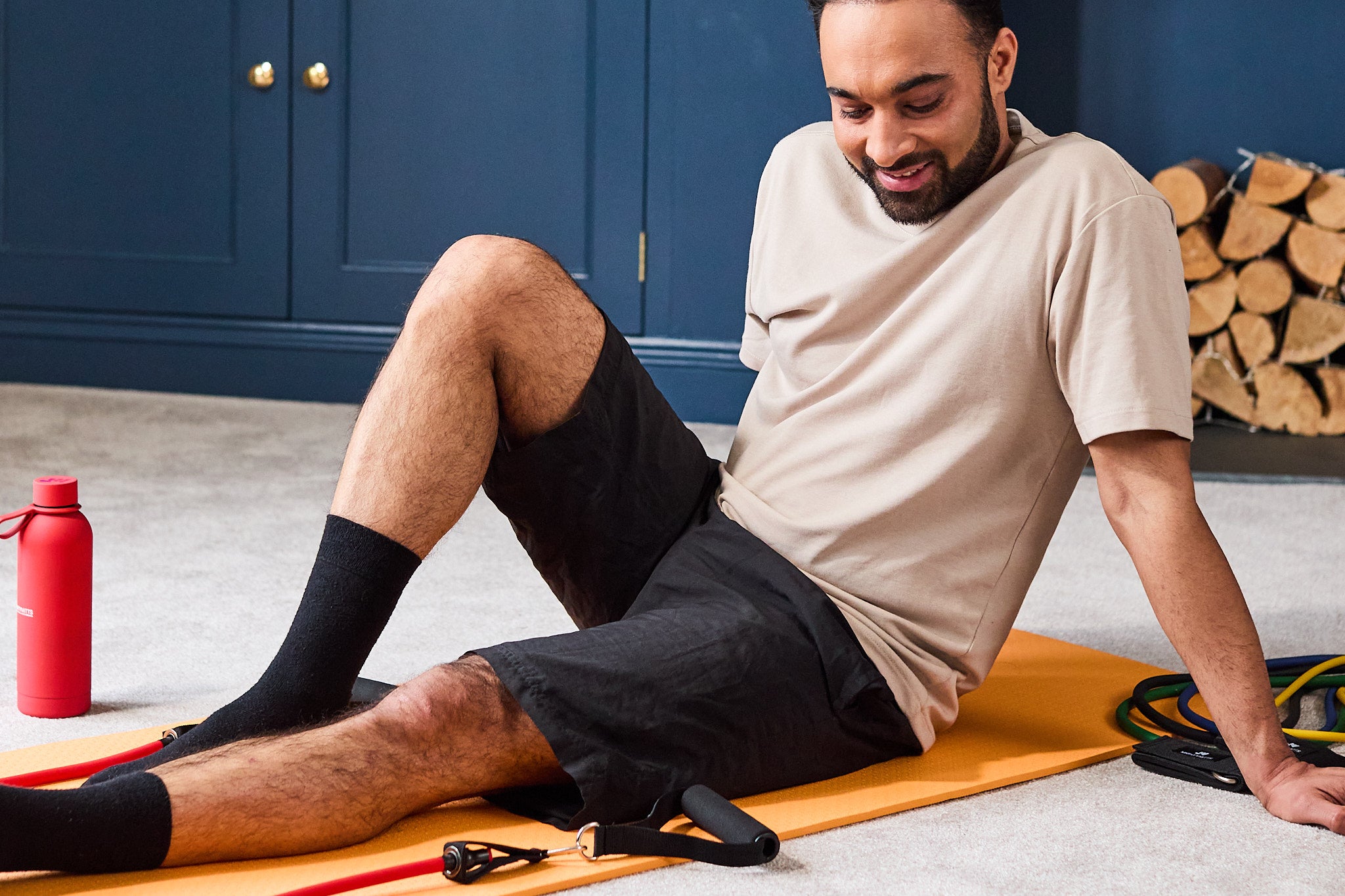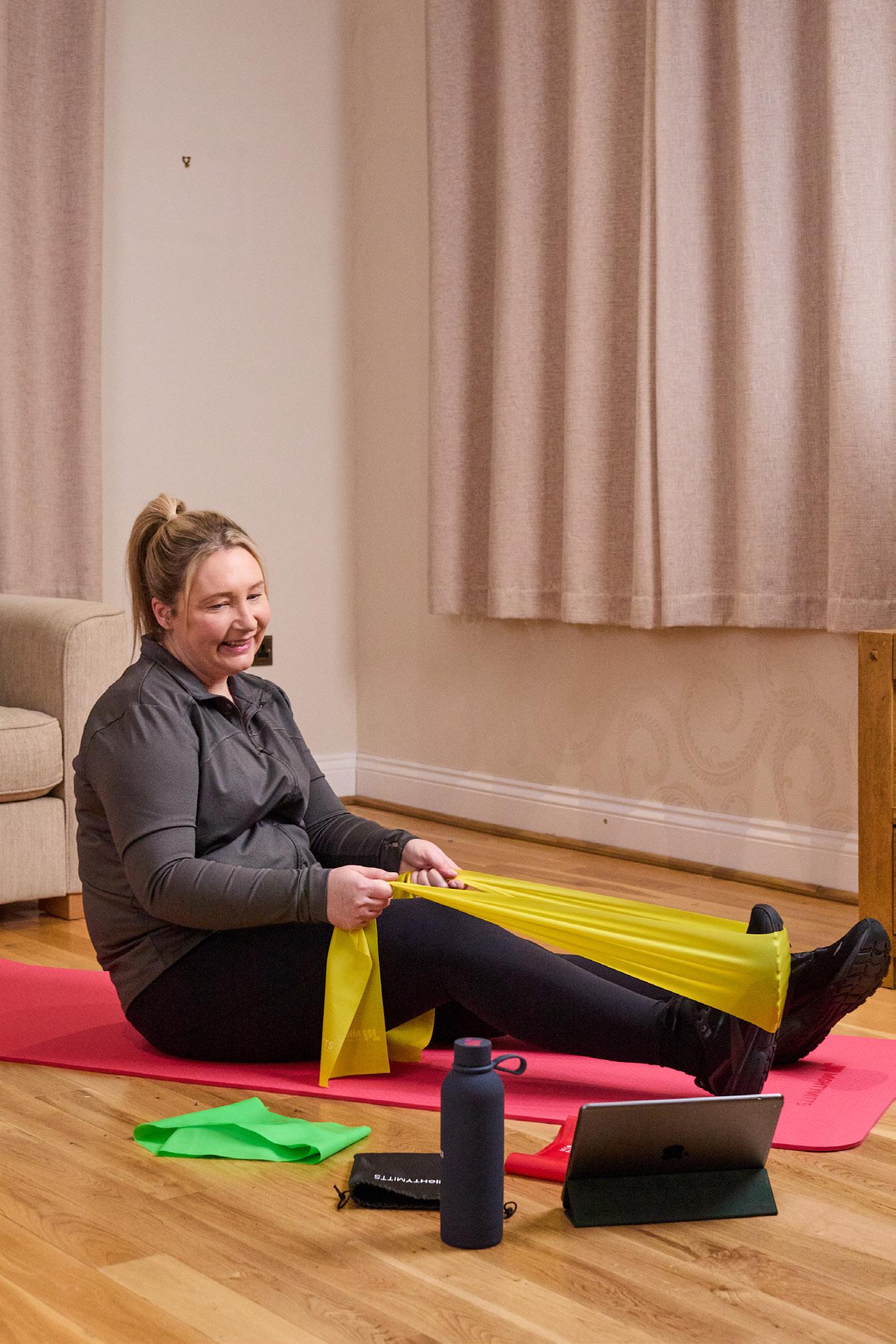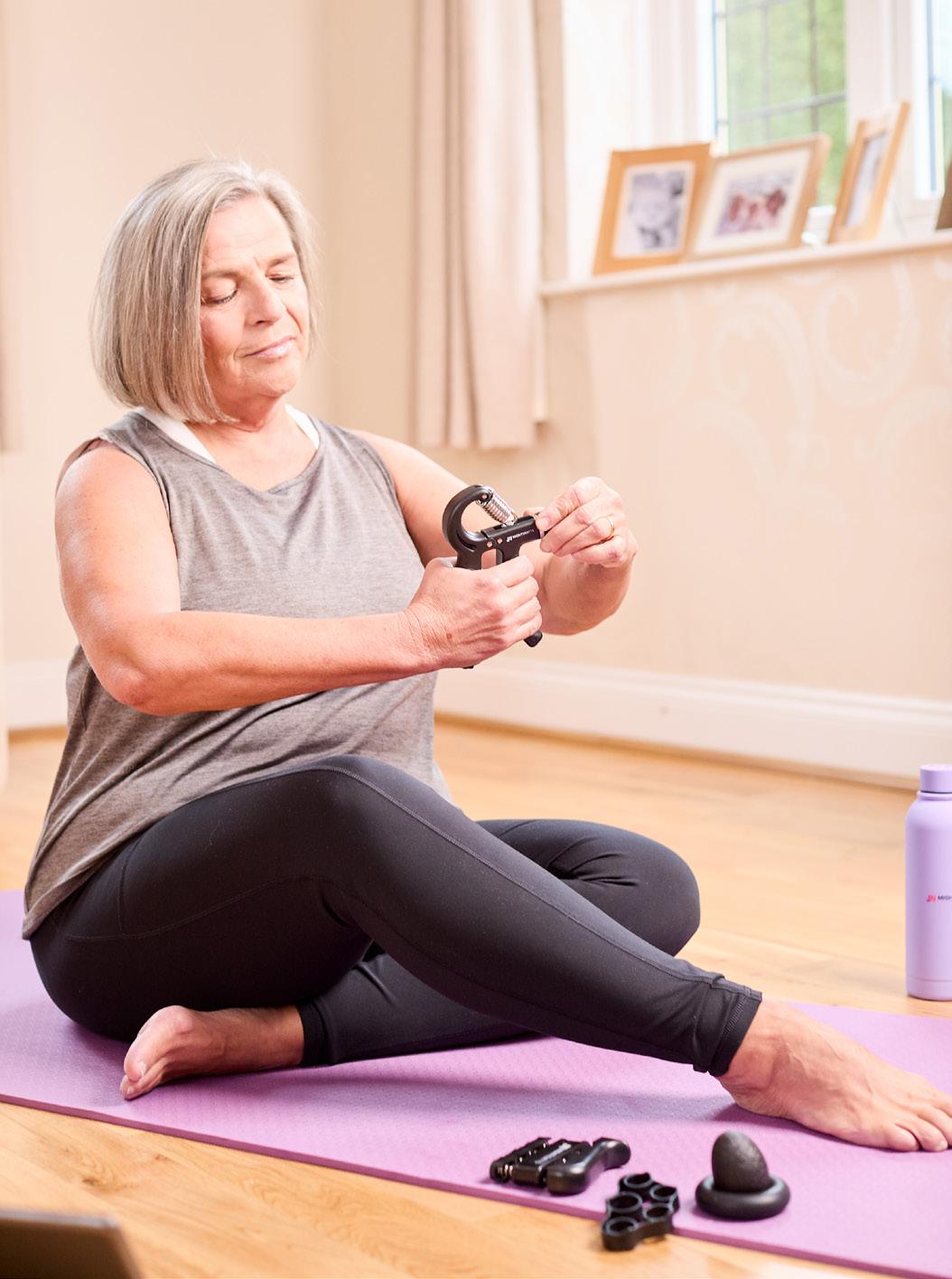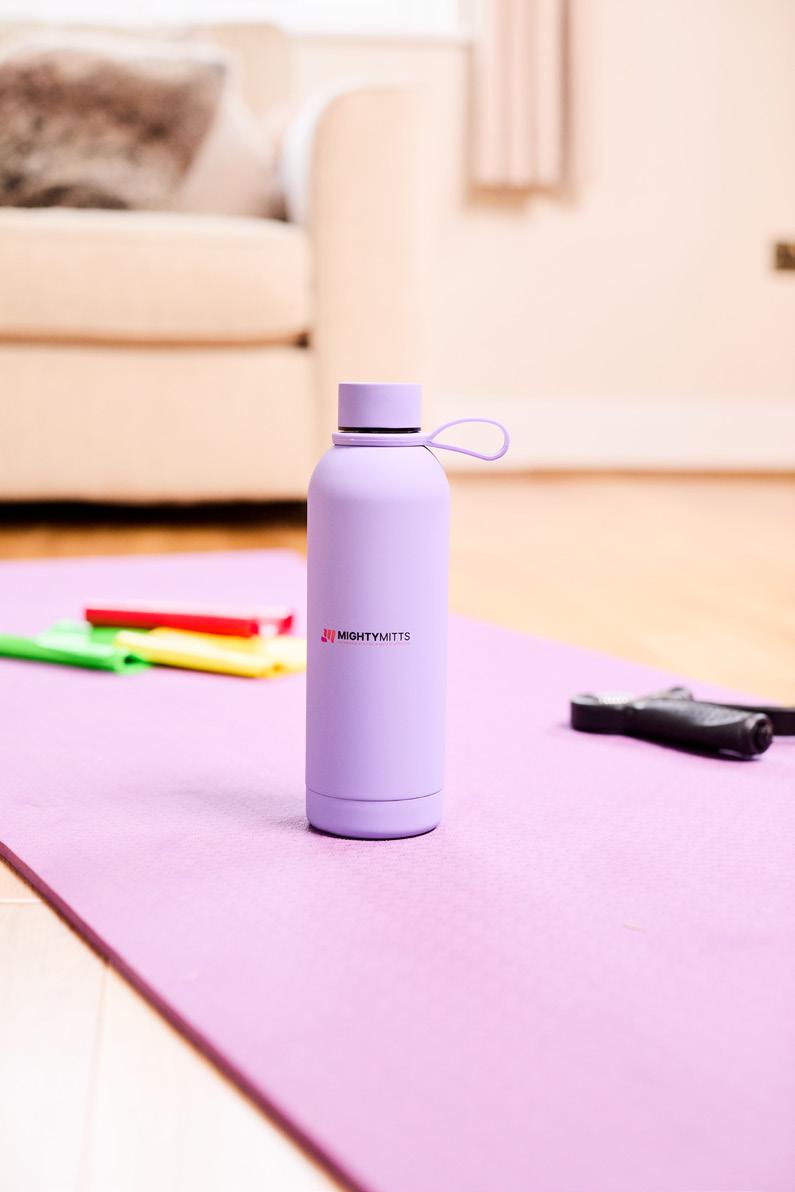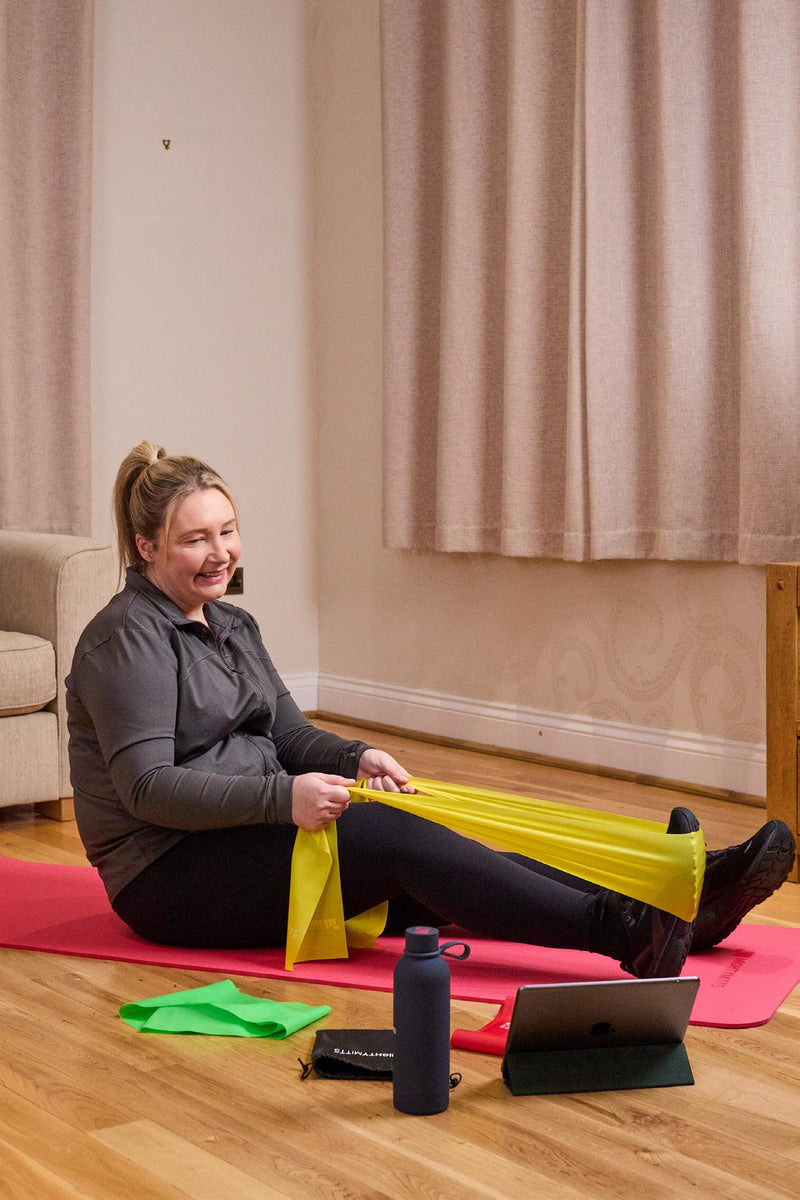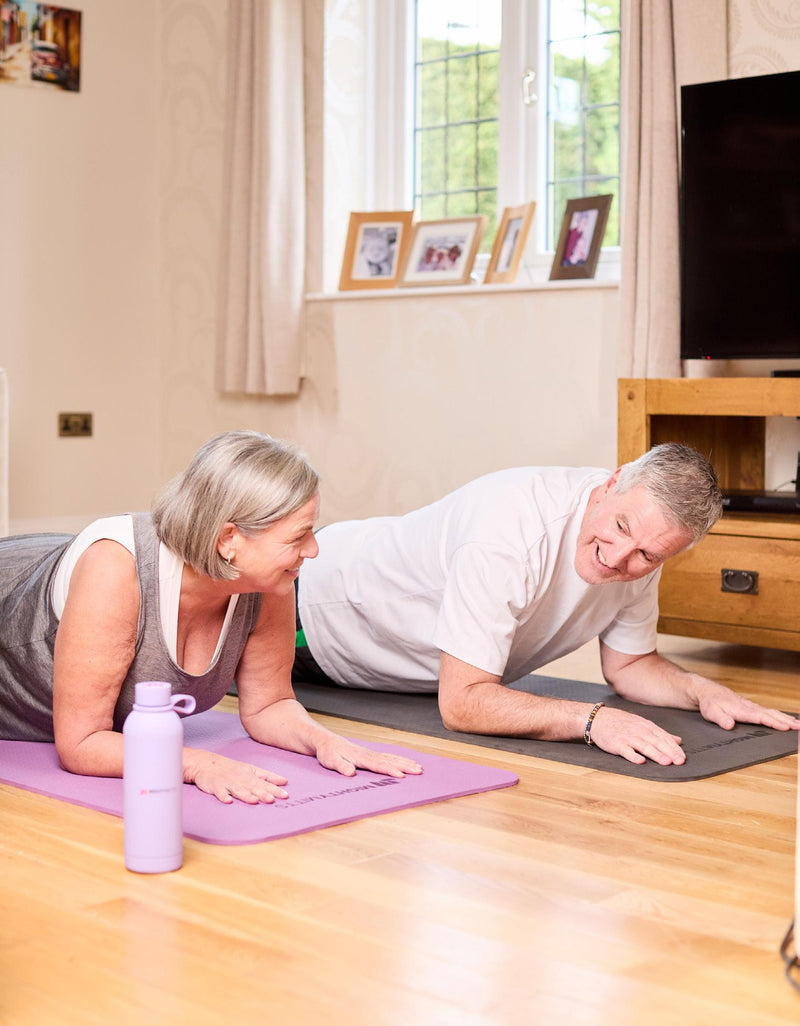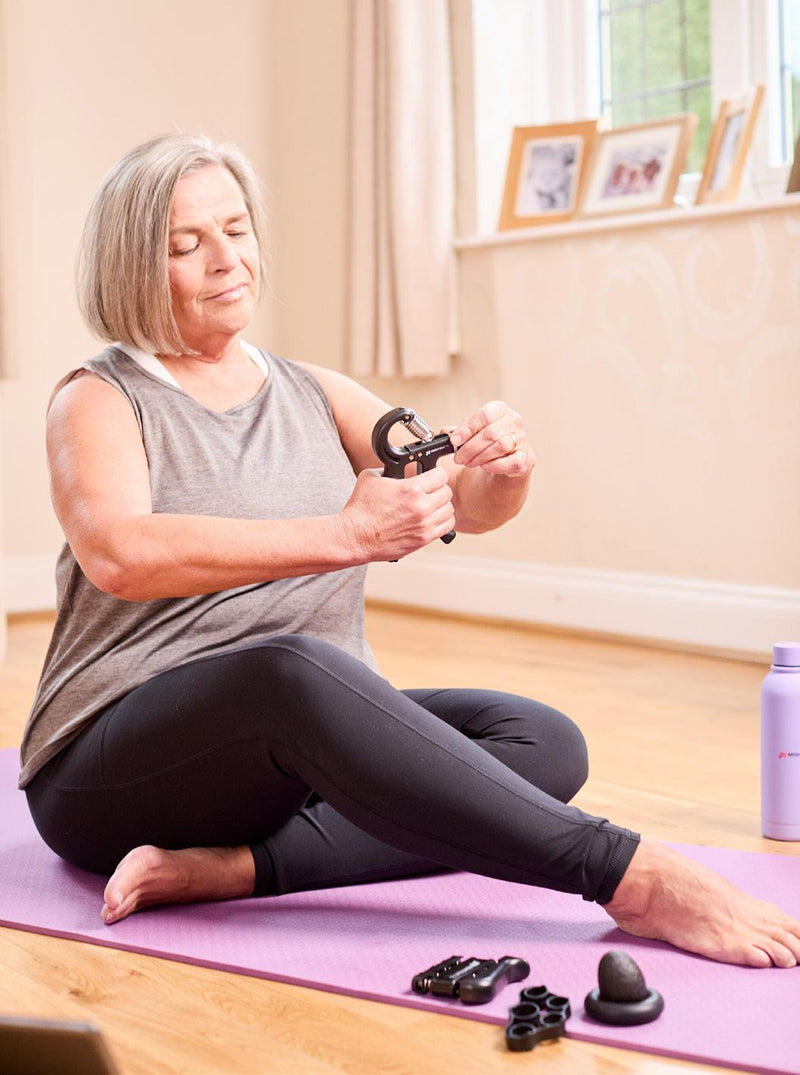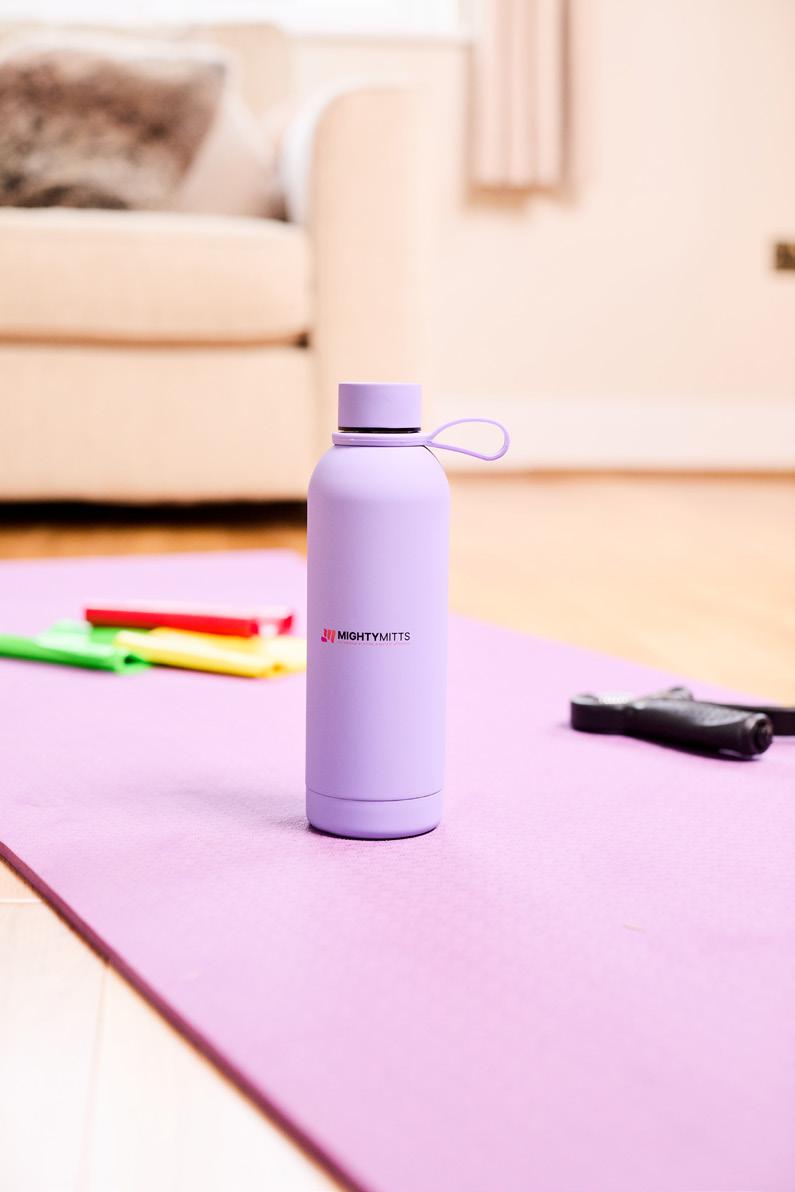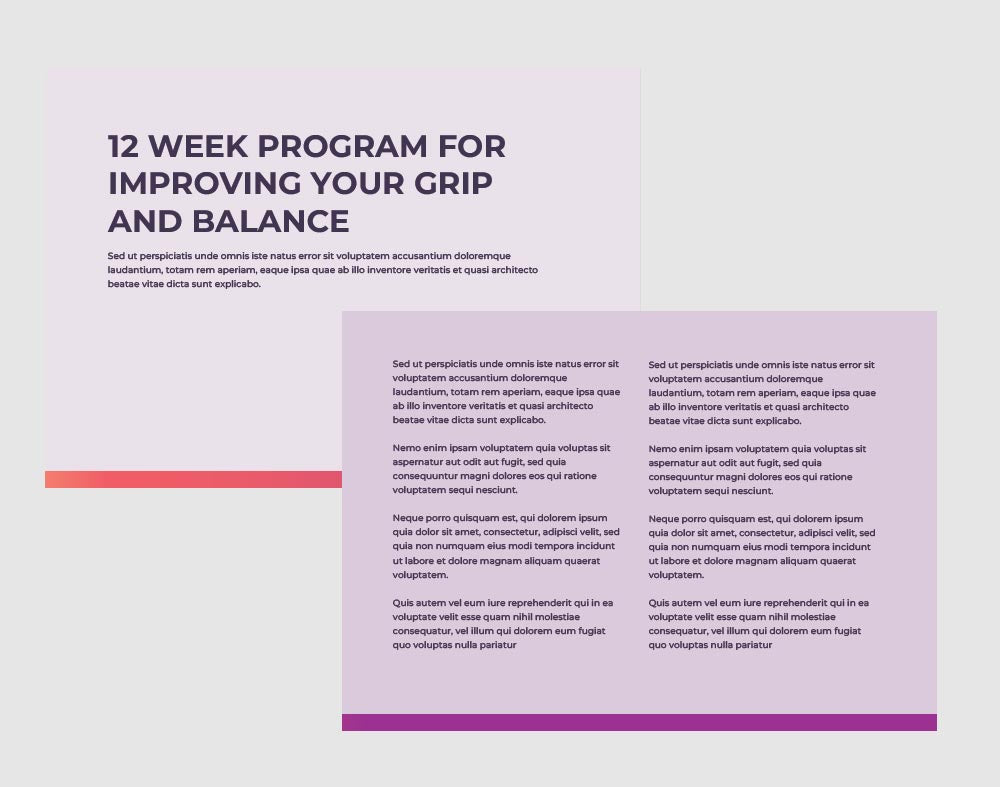


Subheading
Why 12 weeks
Building Habits:
Research shows that it takes around 12 weeks to establish new habits. Our program provides the structure and support you need to make exercise a regular part of your life. (Source: Lally et al., 2010)
Seeing Results:
Within 12 weeks, you'll start to see and feel real improvements in your grip, strength, balance, mobility, and your mood. This can boost your motivation and help you stay committed to your health goals. (Source: Kemmler et al., 2015)
Subheading
The Science Behind the Program
Our program is based on the latest scientific evidence in exercise science and healthy ageing. It incorporates a variety of exercises that have been proven to:
Increase muscle mass and strength:
Combatting age-related muscle loss (sarcopenia). (Source: Liu & Latham, 2009)
Improve bone density:
Reducing the risk of osteoporosis and fractures. (Source: Hong & Kim, 2018)
Enhance cardiovascular health:
Promoting heart health and circulation. (Source: Kokkinos et al., 2010)
Boost metabolic health:
Aiding in blood sugar regulation and weight management. (Source: Church et al., 2002)
Support cognitive function:
Potentially protecting against cognitive decline and promoting brain health. (Source: Sofi et al., 2011)
Subheading
Why Home-Based Exercise Works
You don't need a fancy gym or expensive equipment to improve your health! Research shows that home-based exercise programs can be just as effective as gym-based programs, and they offer several advantages: (Source: Rhodes et al., 2017):
Exceptional Value:
Get everything you need in our Health kit – comprehensive approach, the right set of tools, expert guidance, and motivation to improve your grip, strength, balance, and mobility.
Convenience:
Exercise whenever it fits your schedule, but creating and keeping a routine is critical.
Comfort:
Workout in a familiar and comfortable environment.
Curated and Designed by Professionals:
Evidence based program.
The benefits
The Mighty Mitts Health Kit enhances the benefits of home-based exercise by providing:
Dynamometer:
Measure your grip strength and track your progress over time.
Handgrip Strengtheners:
Build strength in your hands and forearms.
Resistance Bands:
Versatile bands for a full-body workout, improving strength and flexibility.
Yoga Mat:
A comfortable and supportive mat for various exercises, from stretching to strength training.
Stainless Steel Water Bottle:
Stay hydrated throughout the day with this durable and eco-friendly bottle.
Nutrition Guide:
Provides evidence-based guidance on healthy eating habits to support your goals and fuel your body for optimal health
Recipe Book:
A collection of delicious and nutritious recipes crafted with optimal nutrition in mind, to support your health and fitness journey
Sources
Church, T. S., Blair, S. N., Cocreham, S., et al. (2002). Effects of aerobic and resistance training on hemoglobin A1c levels in patients with type 2 diabetes: a randomized controlled trial.4 JAMA, 288(12), 1522–1530.
Hong, A. R., & Kim, S. W. (2018). Effects of Resistance Exercise on Bone Health. Korean Journal of Family Medicine, 39(4), 208–215.
Kemmler, W., von Stengel, S., Engelke, K., & Lauber, D. (2015). Exercise and fractures in postmenopausal women: a randomized controlled trial of a 12-month multicomponent exercise program. Osteoporosis International, 26(10), 2479–2490.
Kokkinos, P. F., Giannopoulos, G., Manolis, A. S., et al. (2010). Physical activity in the prevention and management of high blood pressure. Hellenic Journal of Cardiology, 51(2), 136–142.
Hong, A. R., & Kim, S. W. (2018). Effects of Resistance Exercise on Bone Health. Korean Journal of Family Medicine, 39(4), 208–215.
Kemmler, W., von Stengel, S., Engelke, K., & Lauber, D. (2015). Exercise and fractures in postmenopausal women: a randomized controlled trial of a 12-month multicomponent exercise program. Osteoporosis International, 26(10), 2479–2490.
Kokkinos, P. F., Giannopoulos, G., Manolis, A. S., et al. (2010). Physical activity in the prevention and management of high blood pressure. Hellenic Journal of Cardiology, 51(2), 136–142.
Lally, P., van Jaarsveld, C. H. M., Potts, H. W. W., & Wardle, J. (2010). How are habits formed: Modelling habit formation in the real world. European Journal of Social Psychology, 40(6), 998–1009.
Liu, C.-J., & Latham, N. K. (2009). Progressive resistance strength training for improving physical function in older adults. Cochrane Database of Systematic Reviews, (3), CD002759.
Rhodes, R. E., Jorgensen, C. M., Brennan, D. S., et al. (2017). Effectiveness of home-based physical activity interventions for adults with type 2 diabetes: a systematic review and meta-analysis. Diabetes Care, 40(3), 359–368.
Sofi, F., Valecchi, D., Bacchetti, T., & Abbate, R. (2011). Physical activity and risk of cognitive decline: a meta-analysis of prospective studies. Journal of Internal Medicine, 269(1), 107–117.
Liu, C.-J., & Latham, N. K. (2009). Progressive resistance strength training for improving physical function in older adults. Cochrane Database of Systematic Reviews, (3), CD002759.
Rhodes, R. E., Jorgensen, C. M., Brennan, D. S., et al. (2017). Effectiveness of home-based physical activity interventions for adults with type 2 diabetes: a systematic review and meta-analysis. Diabetes Care, 40(3), 359–368.
Sofi, F., Valecchi, D., Bacchetti, T., & Abbate, R. (2011). Physical activity and risk of cognitive decline: a meta-analysis of prospective studies. Journal of Internal Medicine, 269(1), 107–117.
Subheading
Heading
Some description

